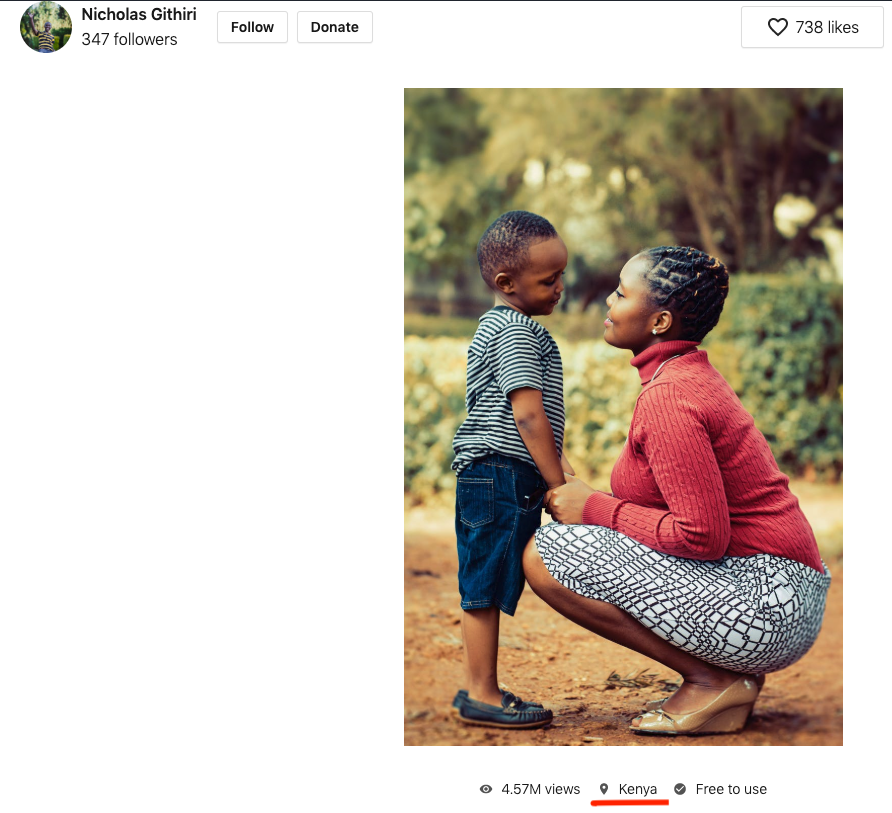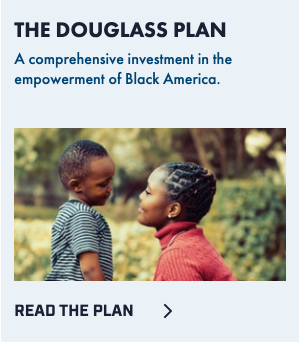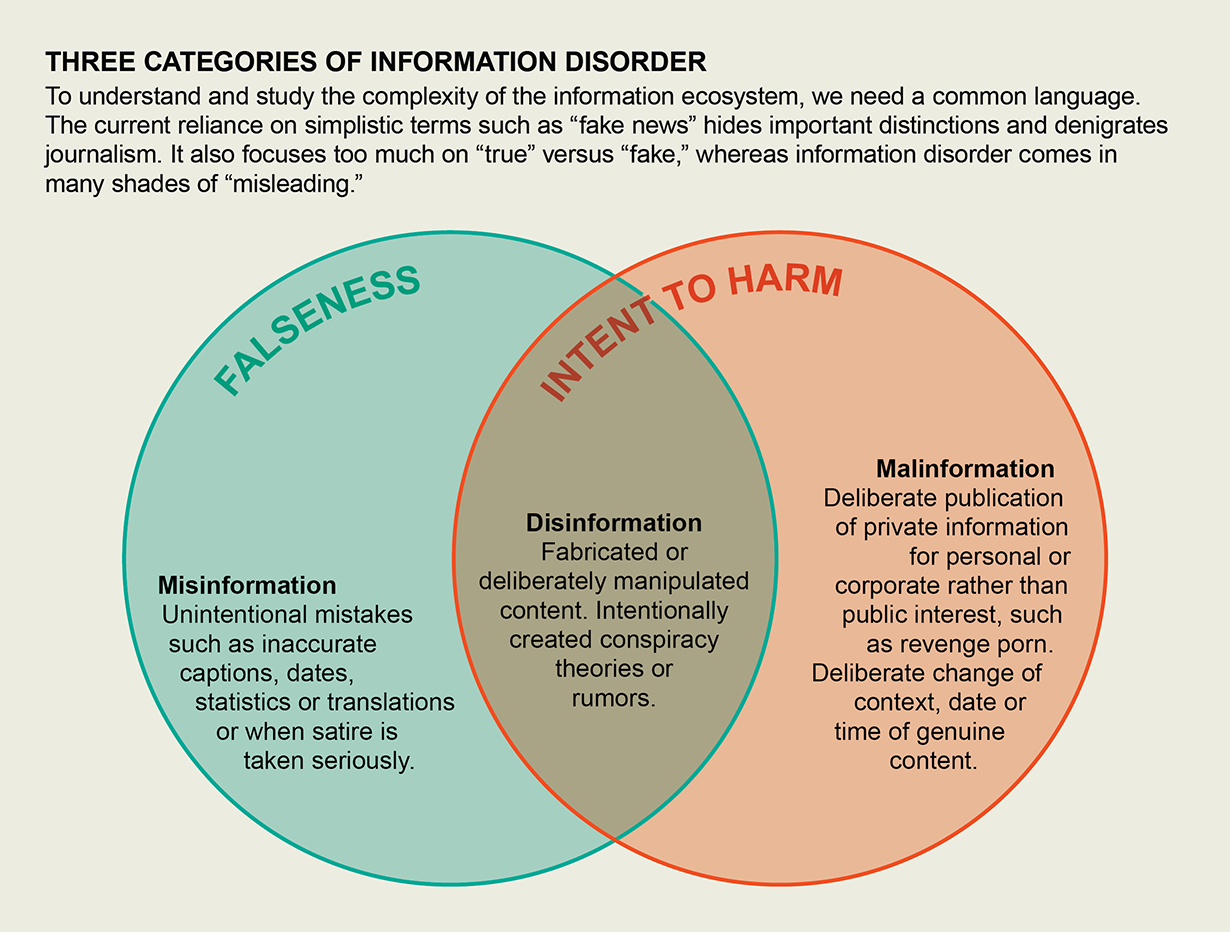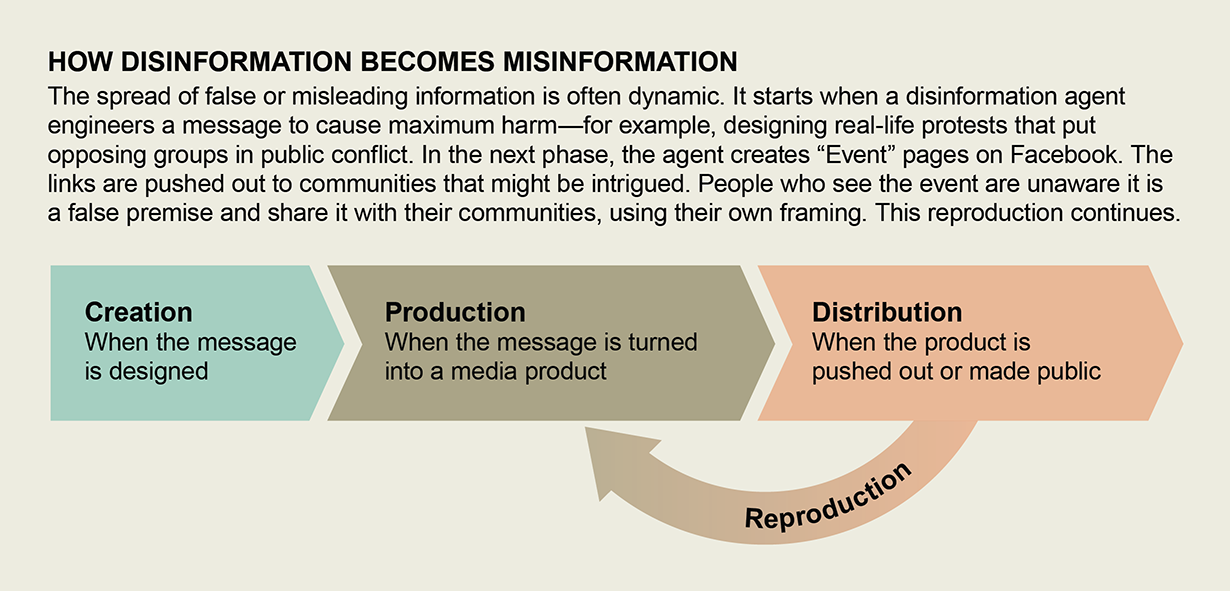Choose one of the following. If you prefer a topic of your own, please let me know.
1. In developing a media plan for his impending impeachment, what can Donald Trump learn from
Bill Clinton? In your answer, consider the similarities and differences in the
media environments of the 1990s and today. (
You can find primary sources here.)
2.
Benjamin Wittes and
Perry Bacon, Jr. offer sage advice about how to read stories with unnamed sources. (
Also look back at our 10/2 class.) Analyze at least three recent (2019) stories about a current investigation or controversy that rely on such sources. Answer these questions:
- Are the stories credible?
- Why do they use anonymous sources?
- How do the anonymous sources differ from the named sources?
- Who might the anonymous sources be? What might their motivations be? Be specific.
Obviously, you will need to research the investigation or controversy. Keep an eye out for
followup stories in which people confirm, deny, or sidestep anonymous allegations.
3. Pick a "niche" issue that is typically not at the top of the news agenda (e.g., California transportation funding, food safety, NASA funding, research on Alzheimer's Disease). Examine coverage both in mainstream media outlets (e.g.,
The New York Times) and specialized media (e.g., issue blogs, social media). What facets of the issue are showing up in the specialized media but not in the mainstream media? Examine the interaction of the mainstream and specialized media: is one driving coverage in the other?
4. Pick any high-profile criminal case from 2018 or 2019. How did media coverage affect the conduct of the trial and its outcome? In your answer, consider such elements as gag order, changes of venue, and the press strategy of the opposing sides.
- Essays should be typed (12-point), double-spaced, and in a Word document that is no more than six pages long. I will not read past the sixth page.
- Cite your sources. Use endnotes in Turabian format.
- Watch your spelling, grammar, diction, and punctuation. Errors will count against you.
- Return essays to the Sakai dropbox by 11:59 PM, Friday November 22. Essays will drop one gradepoint for one day’s lateness and a full grade after that.









